Although experts say there is no need to panic about the HMPV virus, people in high-risk groups still need to be especially careful to protect their health.
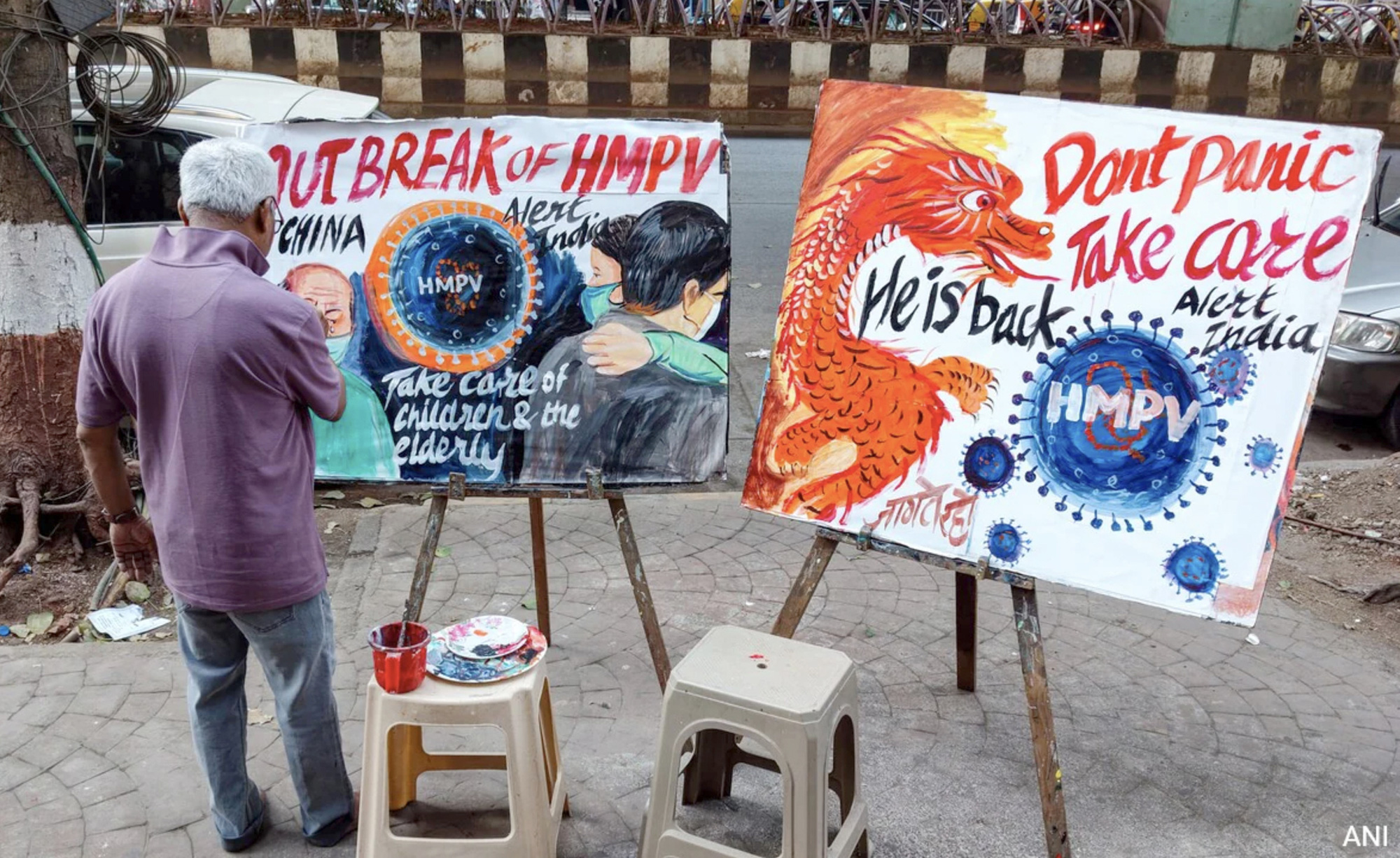
"Don't panic" - message from a teacher of Gurukul School of Arts (Lalbaug) after India recorded HMPV cases - Photo: ANI
In early 2025, human metapneumovirus (HMPV) infections broke out in China, mainly in children, prompting neighboring countries such as Malaysia, India, and Kazakhstan to increase disease surveillance.
The situation has drawn international attention to a virus that, while not new, has the potential to cause significant outbreaks.
Countries tighten surveillance
According to Chinese media, HMPV cases have been detected in many localities, from the capital Beijing to the southern provinces of Chongqing and Guangdong. Beijing authorities quickly issued epidemic prevention recommendations, emphasizing frequent hand washing and strengthening the immune system.
Notably, according to Reuters, the Chinese Center for Disease Control and Prevention (CDC) announced that it will deploy a new system to monitor respiratory diseases of "unknown origin". In parallel with this move, the US CDC also affirmed that it will closely monitor the development of HMPV in the US and regularly update the public on the situation.
In India, on January 6 and 7, the country recorded a total of seven new cases in various states. On January 7, a private laboratory in Nagpur, Maharashtra confirmed two cases of HMPV in children, both of whom have recovered and been discharged from hospital. The day before, five cases were detected in Karnataka, Ahmedabad and Tamil Nadu, most of whom were also children.
"There is no reason to be concerned about HMPV as it has been circulating globally since 2001," Punya Salila Srivastava, an official at India's Ministry of Health and Family Welfare, said, but she urged states to increase surveillance for influenza-like illness and severe acute respiratory illness, especially during the winter months.
Responding quickly to the situation, Uttarakhand issued an advisory for prevention and control of respiratory diseases, including seasonal influenza and HMPV. The state asked hospitals to ensure adequate facilities such as isolation beds, oxygen beds, ICU beds, ventilators and oxygen cylinders to be ready to treat patients.
In Uttar Pradesh state, health official Brajesh Pathak assured residents: "There is no reason to panic. The government is on high alert and is ready for any situation," according to Asian News International.
International expert: "No need to panic"
Despite videos of crowded emergency rooms in northern China reminiscent of the COVID-19 pandemic, the country’s foreign ministry has denied reports of a spike in HMPV cases, insisting that “the outbreak is not as severe and smaller in scale than last year,” explaining that respiratory illnesses typically peak in winter, according to the Independent.
Professor William Schaffner, an infectious disease specialist at Vanderbilt University Medical Center (USA), commented: "There is a large outbreak in Asia, which can even be called a metapneumovirus epidemic". However, he emphasized that only people in high-risk groups need to be especially careful, including the elderly, people with immunodeficiency and children under 5 years old.
The American Lung Association also issued a warning to people with chronic respiratory conditions such as asthma or emphysema, as they may experience more severe symptoms when infected with HMPV, according to The Hill.
Dr. John Williams, a pediatrician and professor of infectious diseases at the University of Wisconsin-Madison (USA), said the HMPV virus has been circulating for at least 60 years.
"HMPV causes seasonal outbreaks every year, similar to influenza and RSV. The typical HMPV season is from late winter to early spring. So this is not a complete surprise," Williams said. Regarding concerns that travelers from countries with high infection rates could bring HMPV to the United States, Schaffner said bluntly: "The virus is already here."
According to experts, HMPV is spread through direct contact with an infected person or through contaminated surfaces, and there is currently no vaccine to prevent it. Dr. Carla Garcia Carreno, director of infection prevention and control at Children's Medical Center in Plano, Texas (USA), recommends applying the same precautions as for COVID-19.
"If someone is sick, try to avoid crowded places to avoid infecting others, especially those at high risk. If you have to go out, wear a mask, cover your mouth when coughing or sneezing, and wash your hands thoroughly," she emphasized.
HMPV virus was once discovered in Ho Chi Minh City.
The Ho Chi Minh City Department of Health confirmed that the HMPV virus spreading in China is not new and has been detected in the city. According to the Oxford University Clinical Research Unit and partners, HMPV accounts for only a small proportion (12.5%) of pneumonia cases in children, much lower than other agents such as H. influenzae (71.4%) or RSV (41.1%).
Although respiratory illnesses tend to increase in cold weather, there has been no unusual change in the number of cases and severity. The HMPV virus is transmitted through the respiratory tract, causing symptoms such as cough, runny nose, fever and there is currently no vaccine to prevent it.
The Department of Health continues to closely monitor the epidemic situation.
Source: https://tuoitre.vn/cac-nuoc-canh-giac-voi-vi-rut-hmpv-20250107222446319.htm



![[Photo] General Secretary To Lam attends the 80th Anniversary of the Cultural Sector's Traditional Day](https://vstatic.vietnam.vn/vietnam/resource/IMAGE/2025/8/23/7a88e6b58502490aa153adf8f0eec2b2)
![[Photo] Prime Minister Pham Minh Chinh chairs the meeting of the Government Party Committee Standing Committee](https://vstatic.vietnam.vn/vietnam/resource/IMAGE/2025/8/23/8e94aa3d26424d1ab1528c3e4bbacc45)








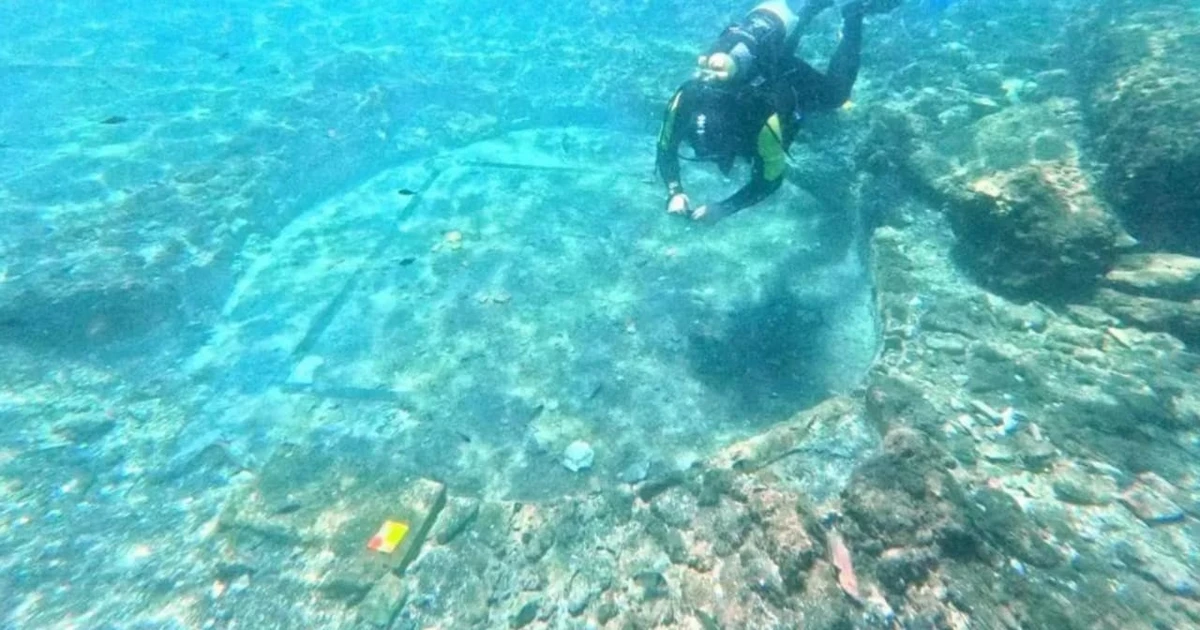






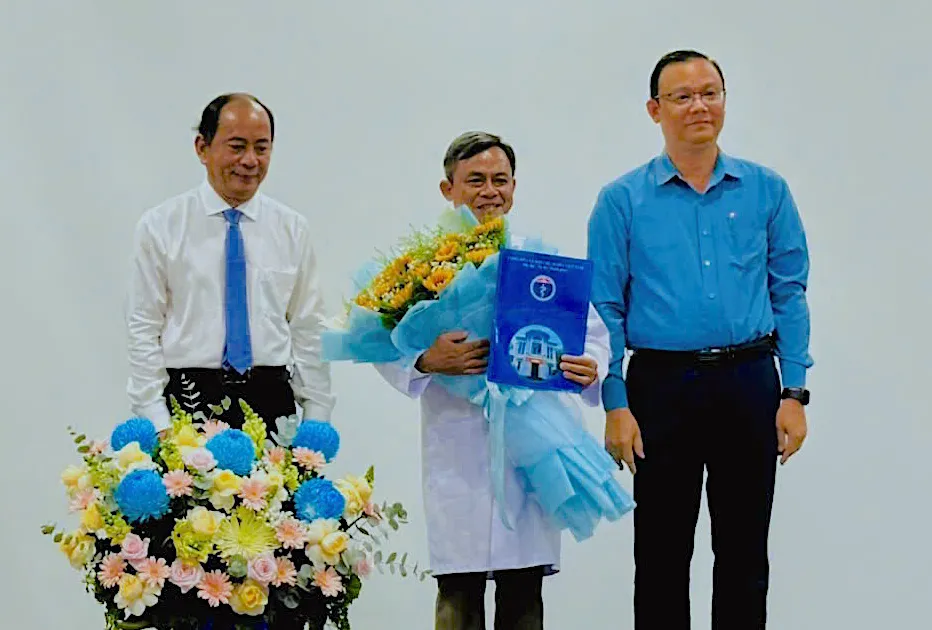


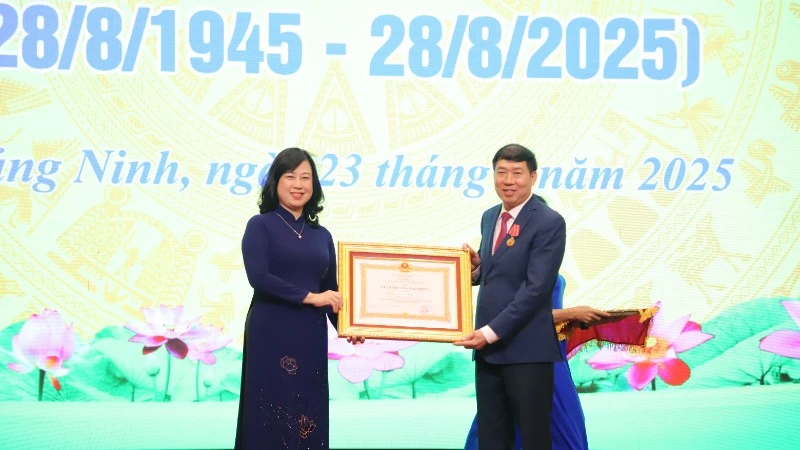



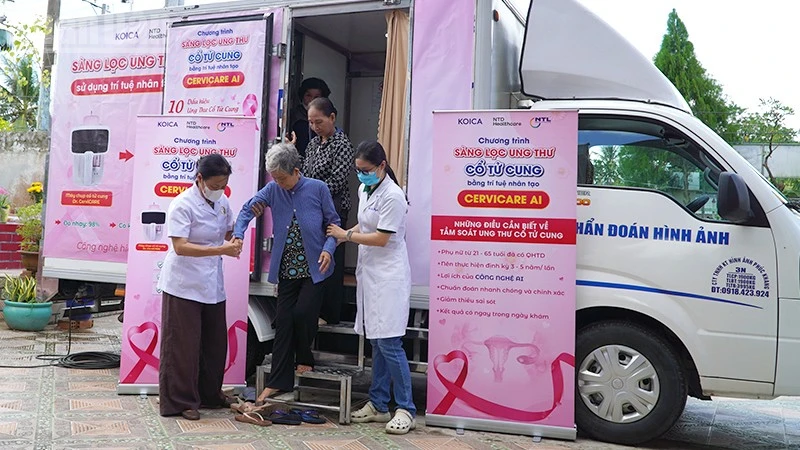





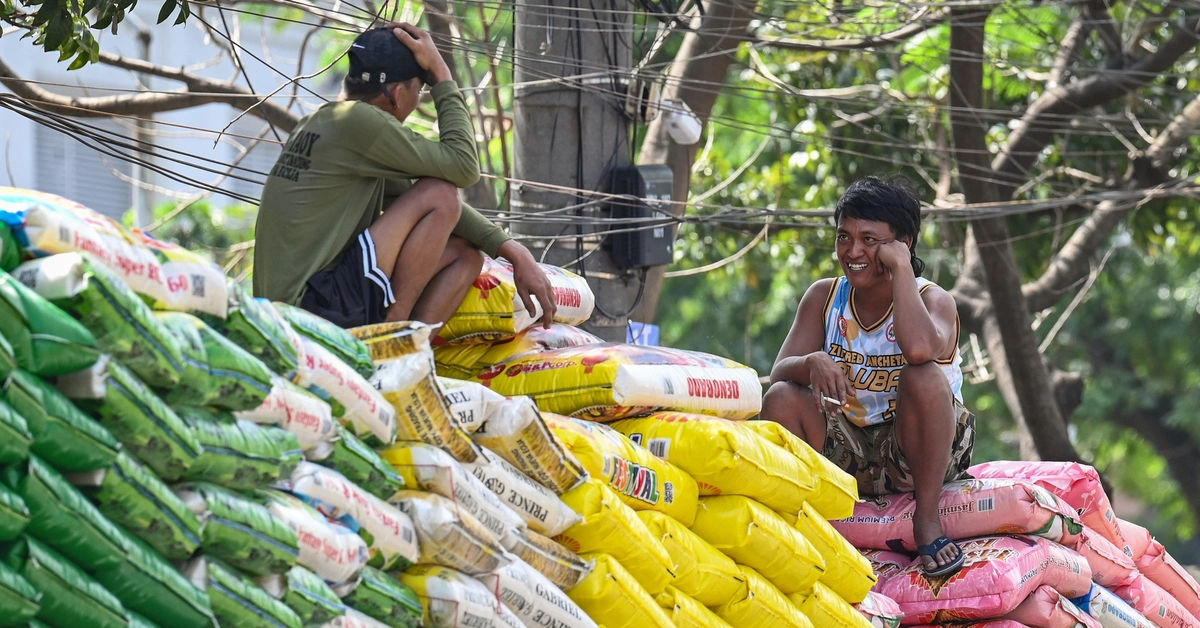


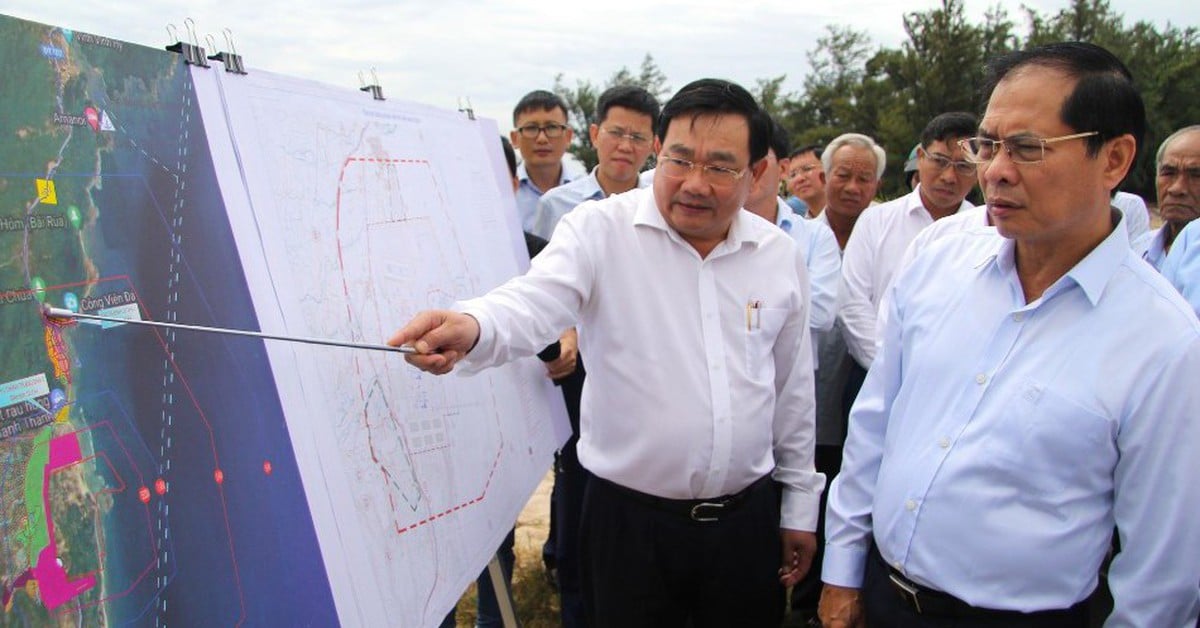






































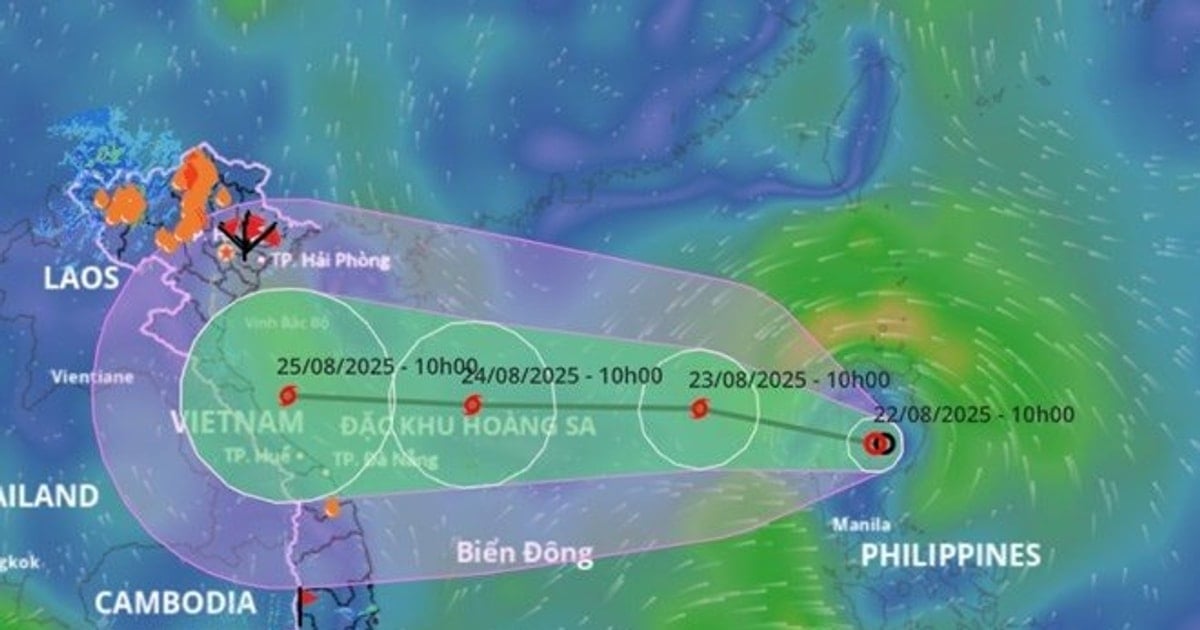







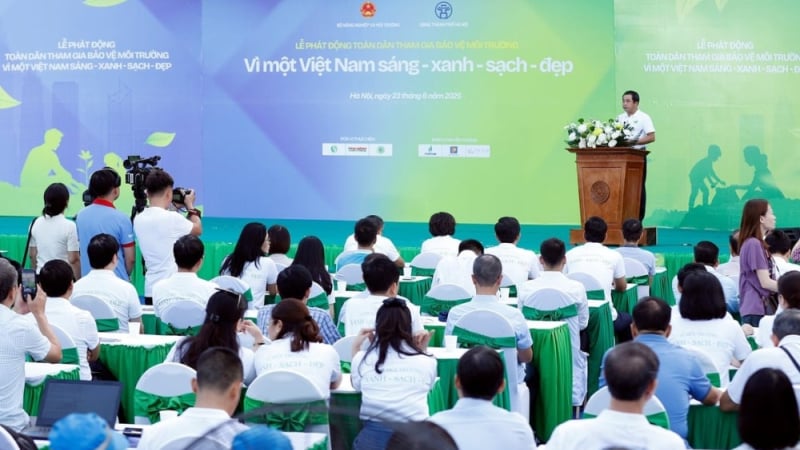

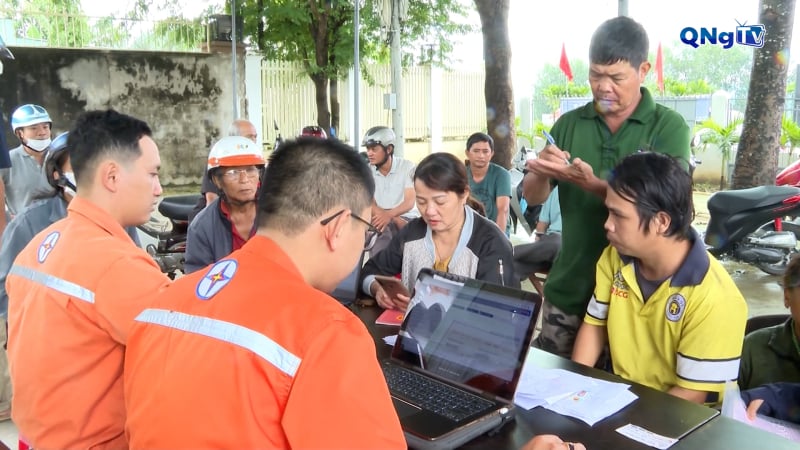















Comment (0)